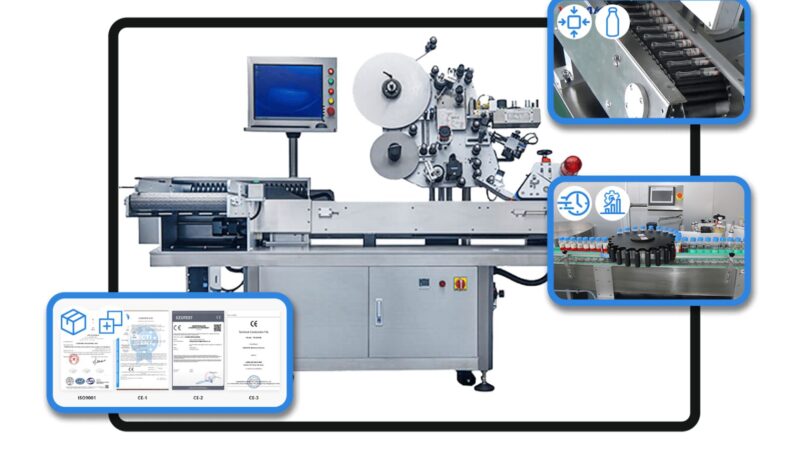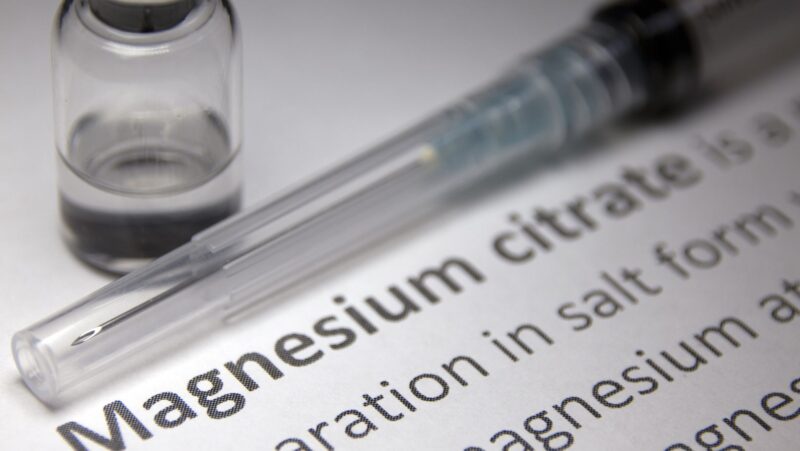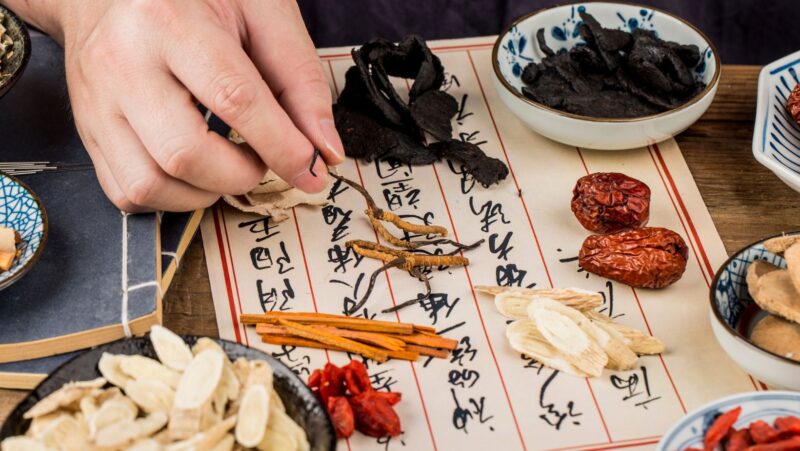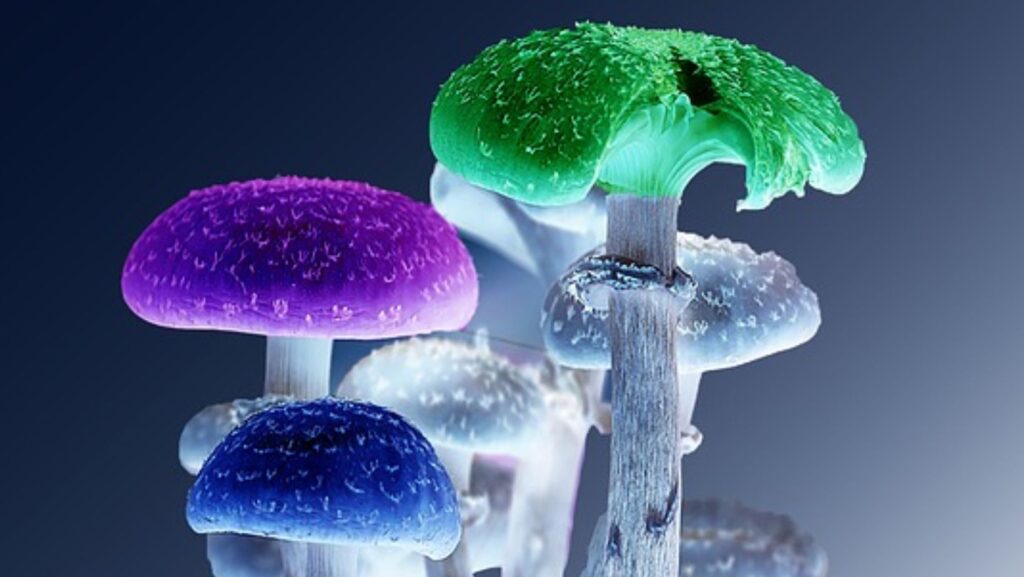
Psilocybin microdosing involves consuming small doses of psychedelic mushrooms for the physiological effects while reducing the likelihood of adverse reactions. A microdose is roughly 1/10 of a typical psychoactive dose with roughly 0.2 grams of dried magic mushrooms.
The challenge is accurately measuring a psilocybin dose that will achieve balance considering the potency variables for mushrooms. Since a new user will be using a trial-and-error approach to get the desired result, it’s recommended to experiment when you have no obligations or commitments.
Microdosing is becoming increasingly favorable for improving emotional resilience and enhancing well-being. Millions of individuals have tried psychedelic products such as psilocybin microdose capsules offered by Good Friday Wellness as a sub-threshold or precursor to a psychedelic response, remaining in a general state of sobriety.
Understanding Microdosing Psilocybin or Psychedelic Magic Mushrooms
Microdosing means you ingest a minuscule dose of psilocybin or psychedelic magic mushrooms compared to a recreational dose, roughly 1/20 or 1/10 of that amount. The objective is to harness the therapeutic effects without experiencing an adverse response or trip.
Magic mushrooms contain psilocybin, the active compound that interacts with the brain’s serotonin receptors to produce an altered state of consciousness.
The Nature-Scientific Reports performed an observational study with 900 individuals who microdosed for a month and roughly 200 people who did not use the psychedelic.
The study revealed small to median improvement in symptoms associated with anxiety, depression, and stress for those who microdose compared to those who did not. Research on microdosing is ongoing, specifically to discern the measurement that constitutes a mushroom microdose.
A favored protocol many people follow, and one used in clinical studies, is Fadiman’s protocol, which assigns “off” days to gain clarity into the effects produced by microdosing. It’s particularly beneficial for beginners, allowing them to gauge the differences between days not consumed and those where they do.
As with any protocol, users decide a cycle duration, between 4-8 weeks, and can reset when becoming tolerant for approximately 2-4 weeks.
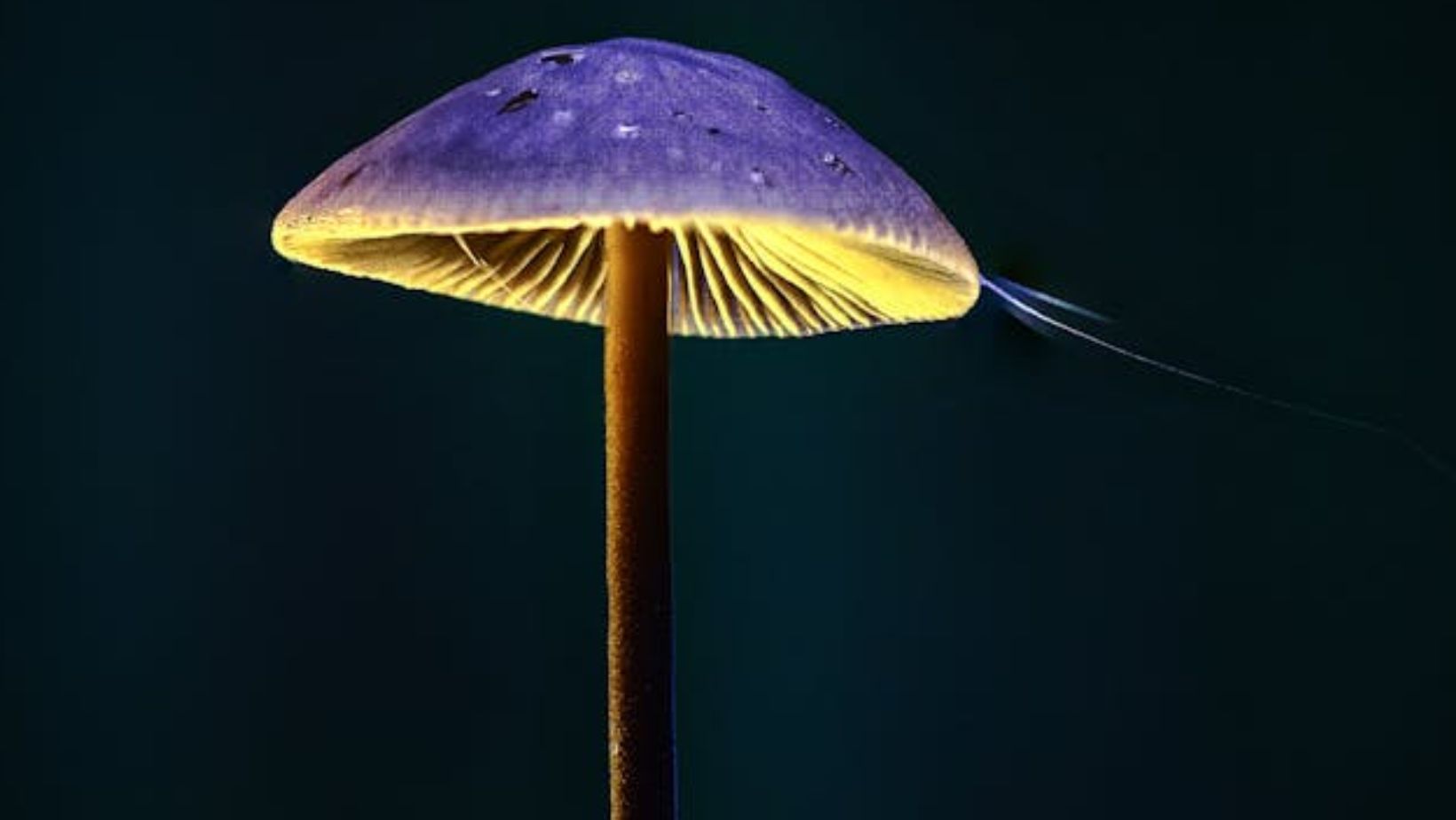
With the Fadiman approach, you would take a dose on day one, rest for two days, and take a dose on day four. Let’s review Precautions and considerations before starting a cycle.
The Variables
Microdosing effects can vary considerably from one person to the next. Variables to consider are personal biochemistry, dose, and setting, with the potential to influence the response. Starting with a small dose and gauging your tolerance and the effects is vital.
For those new to psychedelics, it’s wise to reach out for guidance from someone seasoned with microdosing to help get you started and under the guidance of a preferred medical provider. Visit Microdosing Psilocybin & Common Dosage Explained – for details on psilocybin microdosing.
The Legalities
Psilocybin mushroom legal status varies from one state to the next and among different countries. Researching your local laws is critical to ensure you’re within compliance. For those who don’t have access to mushrooms, you can plan a holiday to an area offering them.
Again, you want to make sure the laws in your location allow microdosing mushrooms if you choose to bring them back into your local area.
The Risks
As a rule, psilocybin microdosing is considered safe; however, there are risks associated with substance use. Before consuming any new substance, consulting with your healthcare provider is recommended.
The doctor will assess your physical condition, any underlying health concerns, and medications to ensure usage will be safe according to this medical profile. The potential side effects of microdosing mushrooms include stomach discomfort, headaches, and mood fluctuations.
A priority is to follow one of the recommended protocols, such as Fadiman’s, to avoid a developing tolerance and the possibility of increasing doses to achieve the desired result. There is a risk of becoming dependent when elevating the doses beyond a microdose.
The Science
While microdosing is becoming increasingly popular, research focused on psilocybin microdosing is limited and ongoing. Most of the reports on efficacy are anecdotal or from individual experimentation.
More studies are warranted for official reports on short- and long-term efficacy.
Microdosing Protocol for Magic Mushrooms or Psilocybin
Fadiman’s is the protocol most commonly followed and used in many studies. The difference between the varied methods is the “off” days that allow users to gain clarity as to the substance’s effects.
The Stamets Stack
Paul Stamets, an amateur mycologist, is dedicated to the study of the therapeutic properties of hallucinogenic and non-hallucinogenic mushrooms. With Stamet’s protocol, several supplements are stacked to create a “nootropic stack.” Lion’s Mane and Niacin or Vitamin B3 are also incorporated with this methodology.
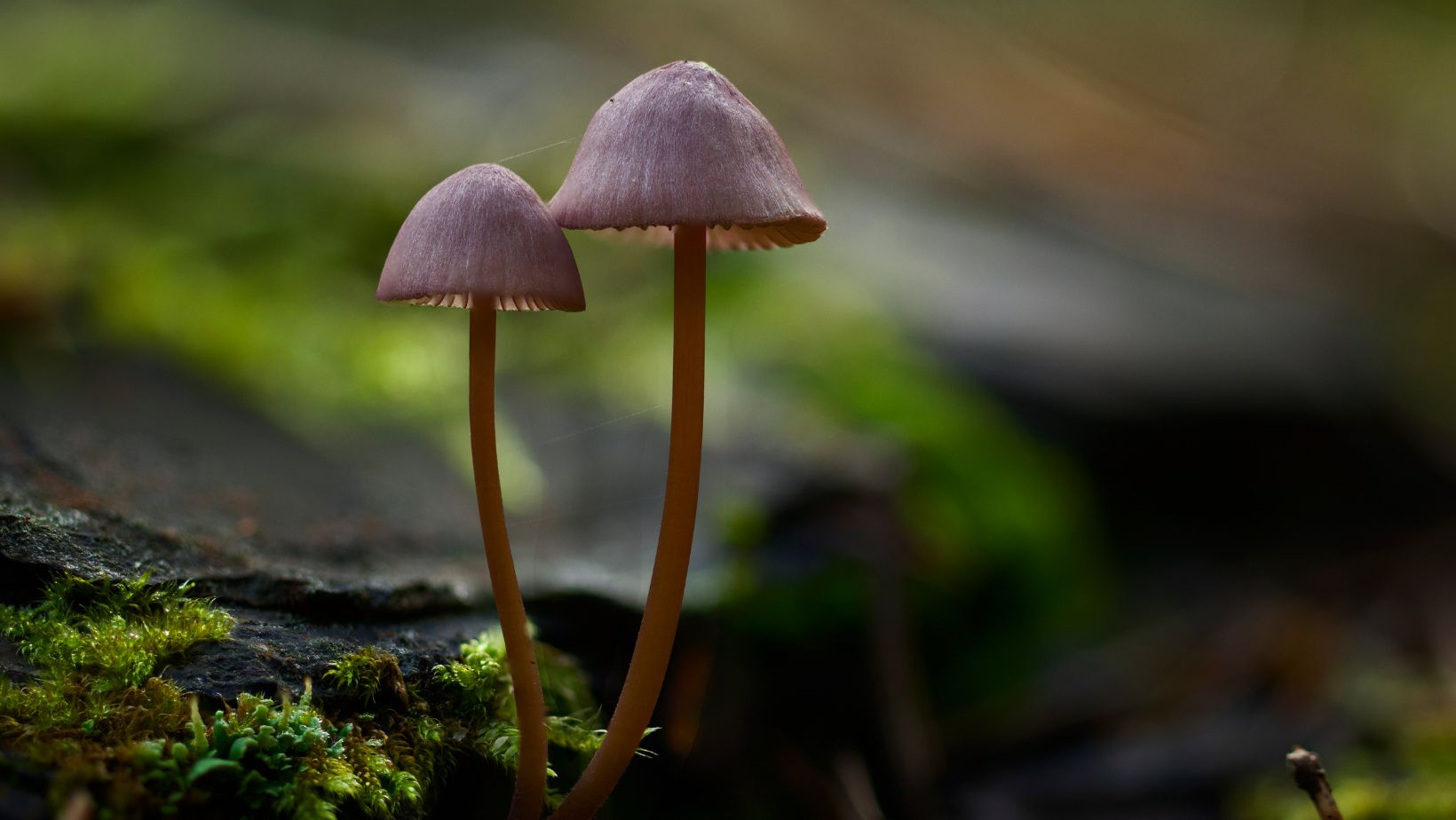
Lion’s Mane boasts the potential for stimulating nerve growth and promoting neurogenic growth, as is true with psilocybin. With his research, Stamet suggested that niacin acts as a flushing agent, pushing the other compounds to the neuron extremities and through the brain and blood barrier to encourage neural repair.
Some people are incredibly sensitive to niacin reacting with skin flushing. This can create a slight burning sensation or itching. This response can be resolved relatively quickly, but avoiding this protocol is recommended moving forward.
This methodology involves microdosing for three days, transitioning for two days, and then starting again with three days of dosing.
Intuitive Psilocybin Micro Dosing
Usually, after following one of the other protocols for a few cycles, people will switch to a more intuitive regimen. With this approach, users decide when the proper time is to microdose based on the environment and specific needs.
A priority is that there be assigned “off” days, at least one full day without a dose, or reserve no less than two consecutive days for full sobriety in a seven-day timespan. The objective is to integrate tools like magic mushrooms into your healing process and not use them habitually to cope.
As scientific research progresses in the mushroom microdosing, a more comprehensive understanding of its limitations and efficacy can be established. Perhaps, at some point, psilocybin microdoses will lead users to enhanced mental clarity and improvements in overall well-being.








